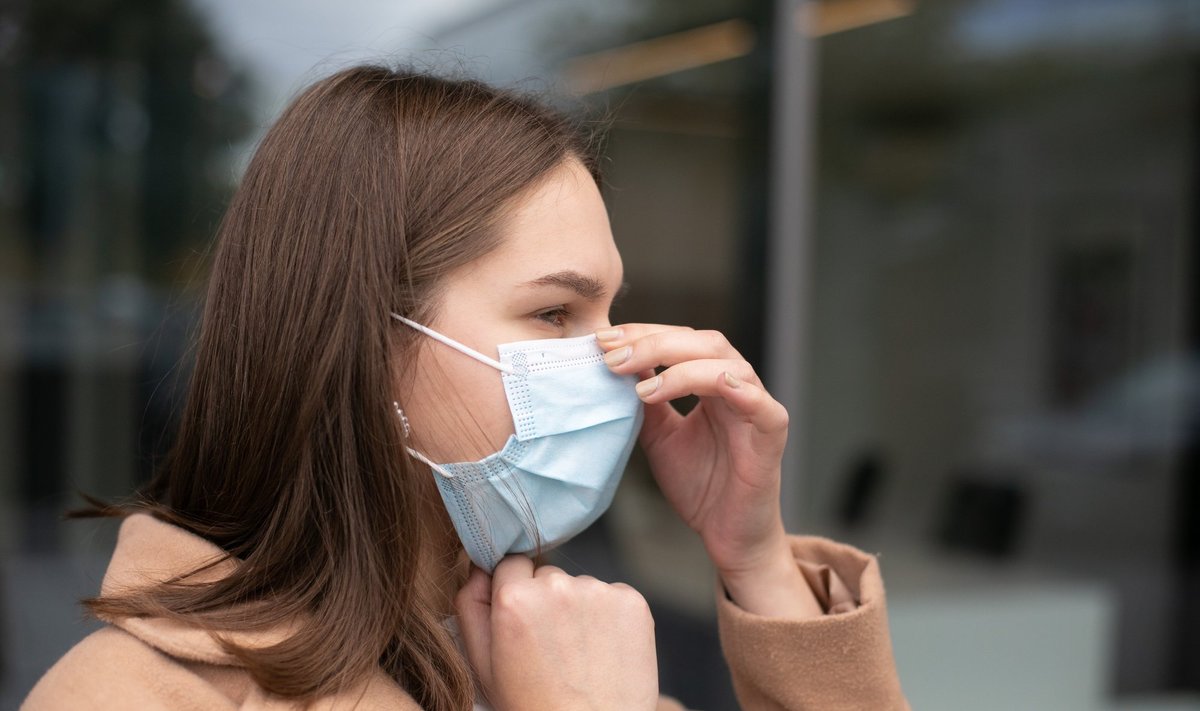"It is very likely that we will have a rising infection rate in the fall," he told reporters.
Officials statistics show that the number of new cases has been edging up since early June.
Loreta Asokliene, Lithuania's chief epidemiologist, says it is too early to say if this is an upward trend that is likely continue until the fall or just a temporary fluctuation.
"It could be a fluctuation or it could be that the incidence is starting to rise slightly," the epidemiologist said.
"Apparently, we will be able to say more precisely in a few weeks. There is a slight upswing, but it is not so large as to make us worry," she added.
According to Dulkys, the health system is prepared for a possible wave of new cases in the fall, with the existing testing mechanisms to be put back in place if necessary to maintain the normal rhythm of life and in-person education.
Facemasks first
Lithuania should receive vaccines adapted to the Omicron strain in the fall and will invite the elderly take an extra booster shot, according to Dulkys.
"We can't say at this stage if everyone will be invited to do so, but studies are being carried out and we are waiting for recommendations from the European Medicines Agency," he said.
Asked if the country could be placed under a lockdown in the fall, the minister said that "all measures are theoretically possible, but seeing the whole toolbox of measures, I think it is unlikely".
The minister said the restrictive measures to be reintroduced first would most likely include the requirement to wear facemasks.
"Only a new strain, a new threatening strain, could change the course of our ship," he said.
In Dulkys' words, mobile vaccination stations could be bought back if the number of new cases starts to rise significantly in the fall.
